Sylhet, June 14 (V7N) – Golapganj Thana in Sylhet stands as a region of significant historical, educational, and economic importance, proudly boasting its natural beauty, mineral wealth, and accomplished populace. At the heart of its renown lies Kailashtila, a site celebrated not only for its extensive oil and gas reserves but also for its spiritual significance.
Golapganj has long been a beacon of prosperity and intellect in Bangladesh. Its fertile farmlands, nurtured by the Surma and Kushiyara rivers, verdant forests, and diverse hills, haors, and baors, all contribute to its natural allure. However, the true strength of the thana lies in its highly educated and trained human resources, many of whom hold high administrative positions both domestically and abroad.
For the past half-century, the discovery of oil and gas at Kailashtila has solidified Golapganj's national importance, drawing prime ministers and a steady influx of foreign energy experts to its soil.
Kailashtila: A Blend of Spirituality and Natural Riches
Kailashtila holds a dual identity. It is named after the revered spiritual saint Kailash Shah (RA), whose shrine on the hill draws daily devotees. This spiritual heritage is deeply woven into the local narratives and historical texts of Sylhet, particularly those recounting the victory of Shahjalal (RA). The residents of Lakshmanabonda Union, where Kailashtila is located, derive immense pride from this site, valuing both its spiritual legacy and its natural resources that benefit the entire nation.
According to the 1991 census, Lakshmanabonda Union had a population of 18,035 across 8,571 acres.
Sylhet Gas Fields Limited: A Pioneer in Bangladesh's Energy Sector
Kailashtila is a crucial component of Sylhet Gas Fields Limited (SGFL), a major subsidiary of Petrobangla. SGFL has been at the forefront of natural gas and mineral oil discovery and production in Bangladesh since its inception in 1955, evolving from its predecessor, Pakistan Petroleum Limited.
The first gas discovery in what is now Bangladesh occurred in 1955 at Haripur, Sylhet, marked by Gas Well No. 1. This was followed by the discovery of the second gas field in 1959 in Chhatak, Sunamganj. Commercial gas production in Bangladesh began in 1960, supplying gas from Chhatak Well No. 1 to the Chhatak Cement Factory. By 1961, gas from Haripur Gas Field's Well No. 3 was supplying the Fenchuganj Fertilizer Plant.
Kailashtila Gas Field was officially merged with SGFL in 1984. A significant milestone occurred on December 23, 1986, with the discovery of the country's first mineral oil at Well No. 7 of the Haripur Gas Field, opening a new chapter in Bangladesh's oil exploration.
Currently, SGFL manages six fields: Haripur, Kailashtila, Rashidpur, Beanibazar, Fenchuganj, and Chhatak. On average, 140 MSCF of refined gas is supplied daily from one well in Haripur, five wells in Kailashtila, and four wells in Rashidpur to the national grid. Additionally, these operations yield an average of 800 barrels of condensate daily as a by-product, which is then refined into petroleum products like petrol, diesel, and IKO for market distribution.
Kailashtila Oil Evaluation and Gas Development Project (Well No. 4)
The Kailashtila Oil Evaluation, Gas Development (Well No. 4) project, located near the Sylhet-Zakiganj road, aims to further unlock the field's potential. Discovered in 1962, Kailashtila began gas production from Well No. 1 in 1983. While two of the three wells currently produce gas, workover activities are underway to reactivate Well No. 1.
The project was initiated due to the promising signs of mineral oil observed during the excavation of Kailashtila Well Nos. 2 and 3. If successfully implemented, Well No. 4 is projected to produce 550 barrels of petroleum oil per day. Should a commercially viable oil reservoir not be found, the well will be developed for gas production, expected to yield 30 million cubic feet of gas and over 300 barrels of natural gas liquids (NGL) daily.
The project, which began in July 1993 with a probable completion time of April 1998, is being financed entirely by SGFL's own resources, supplemented by a Tk 10 crore advance from the Bangladesh Petroleum Corporation. The well's potential depth is 3,300 meters, with drilling conducted vertically using an IPS Card Well rig by Bangladesh Petroleum Exploration Company Ltd.
The excavation of Well No. 4 was inaugurated by Bangladesh's Prime Minister Sheikh Hasina on August 30. Notably, Begum Khaleda Zia was the first head of government to visit Kailashtila on January 19, 1992, where she inaugurated the fractionation and LPG plant.
Local Discontent Amidst National Benefit
Despite the immense national benefit derived from Kailashtila's resources, there is a lingering sense of sorrow and injustice among the residents of Lakshmanabonda Union and Golapganj. Local communities often protest the perceived lack of a fair share of the wealth extracted from their land, citing bureaucratic complications and discriminatory attitudes. Despite repeated parliamentary discussions, their demands for equitable benefits have largely gone unaddressed.
Resource Statistics (as of June 30, 1996):
The following statistics from Sylhet Gas Fields Limited highlight the scale of natural resource extraction from the Sylhet division:
Haripur Gas Field: Total gas reserves (proven and probable) were 444 billion cubic feet (BCF); recoverable reserves, 266 BCF. As of June 1996, 157.295 BCF had been extracted, leaving 108.705 BCF of recoverable reserves.
Kailashtila Gas Field: Total gas reserves (proven and probable) were 3,657 BCF; recoverable, 9,529 BCF. Recoverable extracted: 9,220 BCF. Remaining recoverable: 99.76 BCF. Recoverable 2,420.924 BCF.
Rashidpur Gas Field: Total reserves (proven and probable) were 2,242 BCF; recoverable, 1,399 BCF. Recoverable extracted: 66.454 BCF. Remaining recoverable: 114 BCF. Gas extraction had not yet started.
Fenchuganj Gas Field: Total reserves were 350 BCF; recoverable, 210 BCF. Recoverable extracted: 1,135.35 BCF.
Currently, gas is produced from Well No. 6 in Haripur. Kailashtila's Well No. 1 has been closed since May 12, 1995, due to excess water, with workover efforts ongoing. Beanibazar and Fenchuganj await production. Chhatak's sole producing well has been closed since 1988 due to water ingress.
Regarding oil (statistics as of June 30, 1996), oil was produced only from Haripur in Sylhet, with production ceasing on July 15, 1995, due to water ingress. The total estimated oil reserves in Haripur were 8.20 million barrels (unrefined), with 1.50 million barrels extractable (proven and probable), of which 561 million barrels had been extracted. Currently, 163 MMC of F gas and 1,145 million barrels of by-products are produced daily from one Kailashtila well in Haripur and three wells in Rashidpur.
The gross profits from oil and gas wells in Sylhet were substantial: Tk 149.81 million in 1990-91, Tk 1,564.86 million in 1991-92, Tk 1,337.56 million in 1992-93, Tk 1,774.40 million in 1993-94, and Tk 2,318.43 million in 1994-95. These figures underscore the vast economic contributions of the Sylhet division's natural resources to the national economy.
END/SHY/RH/



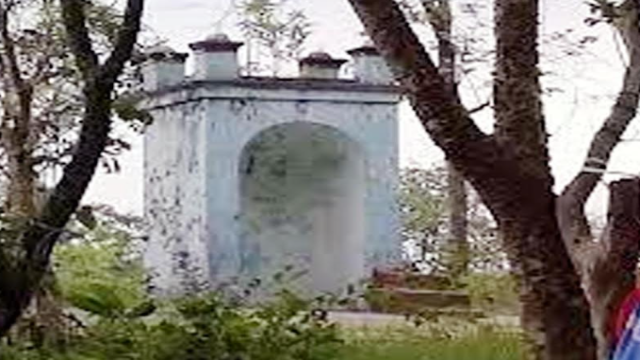
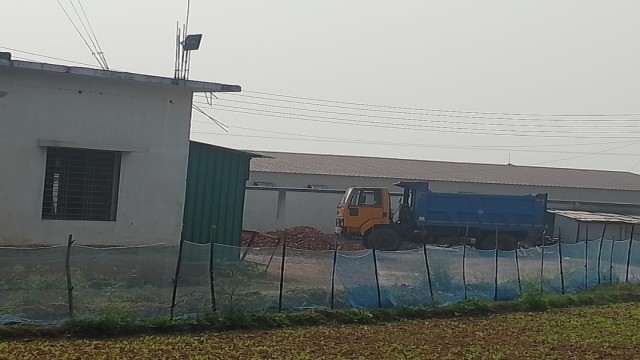

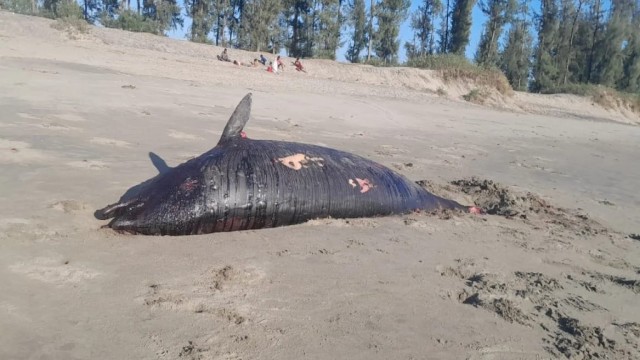
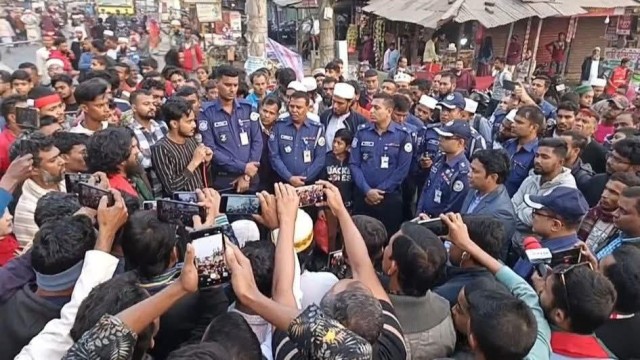
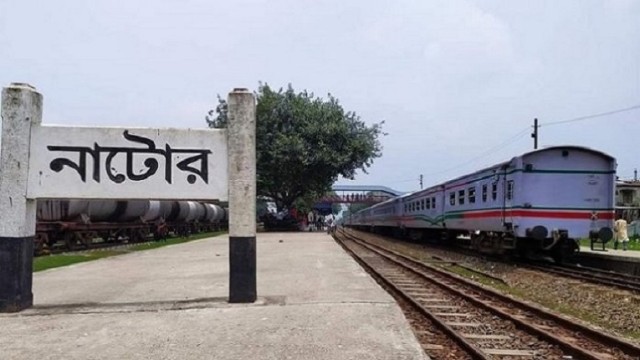
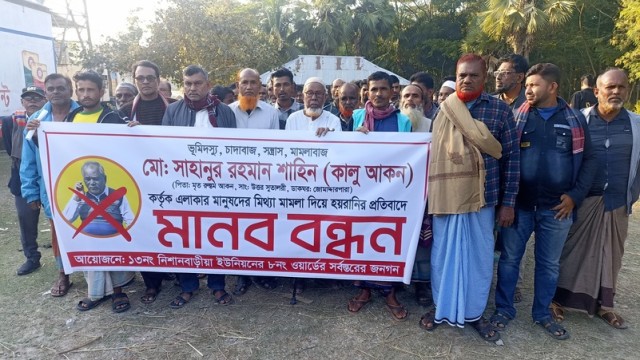
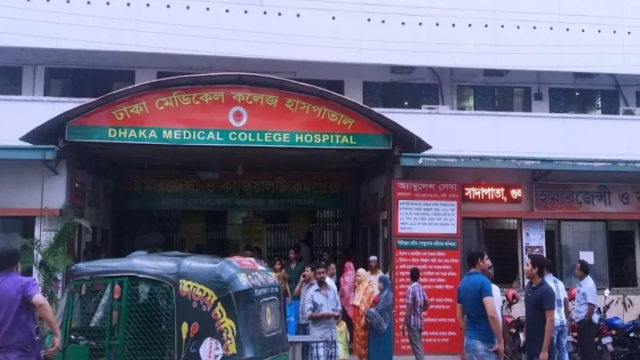
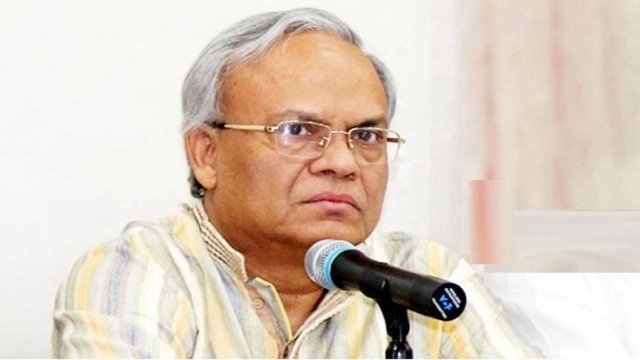
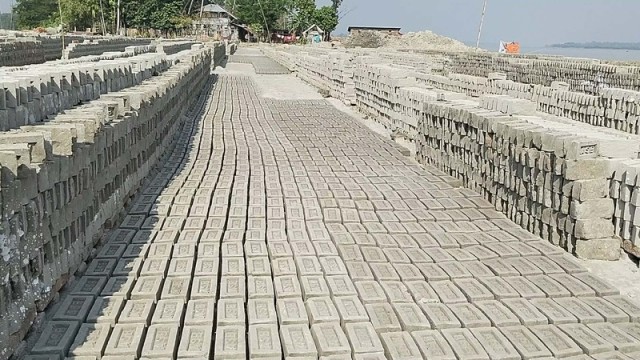

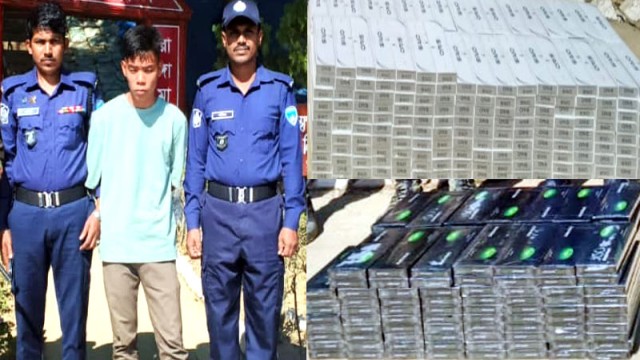
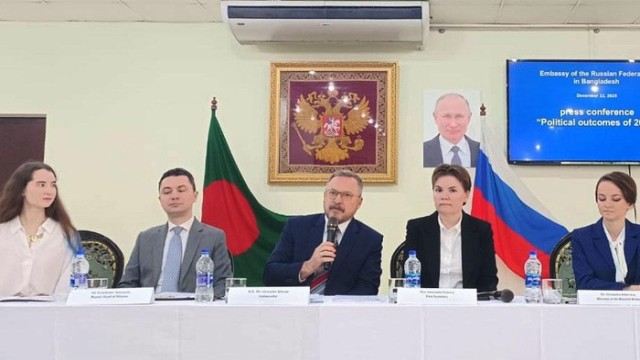

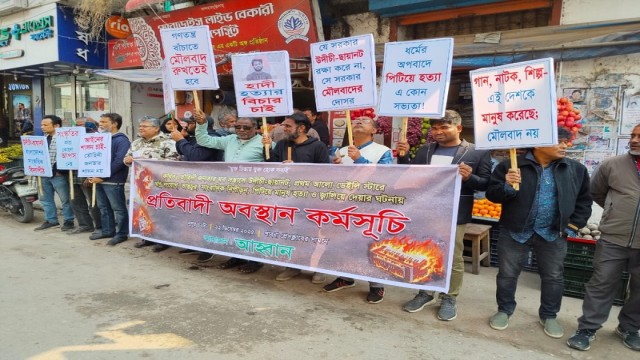
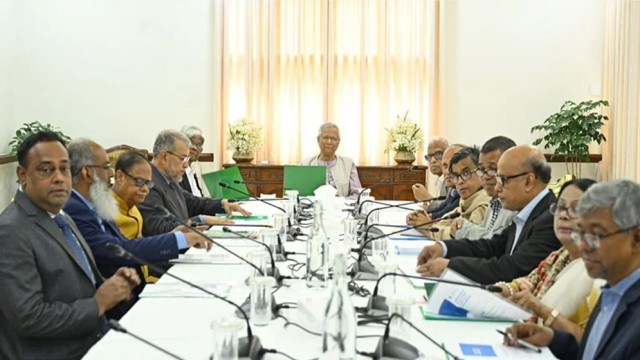
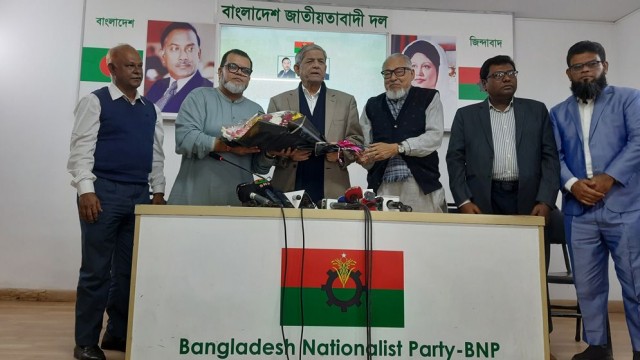


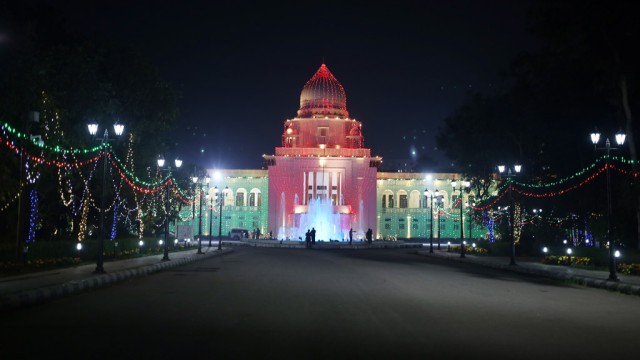



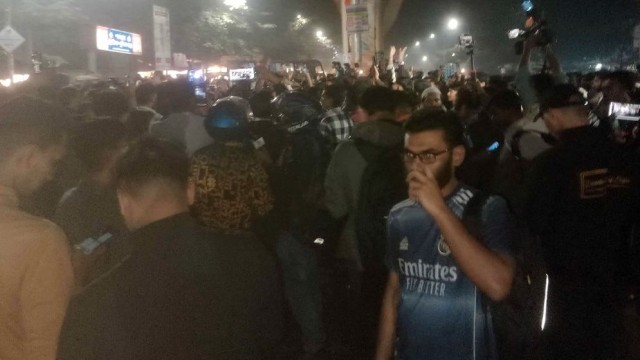



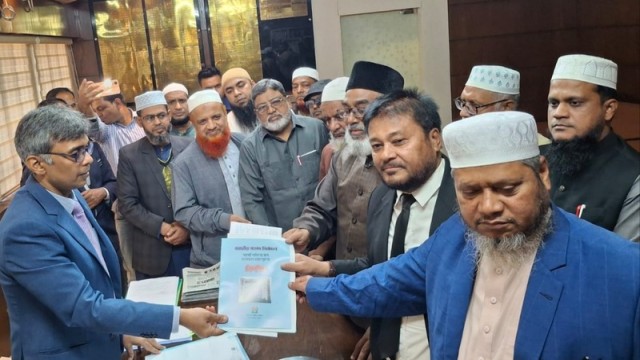
Comment: